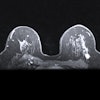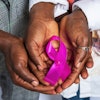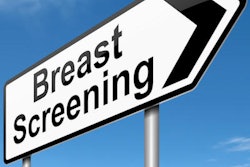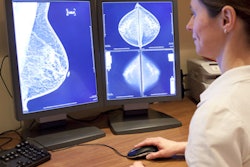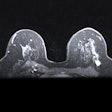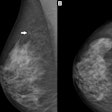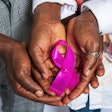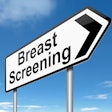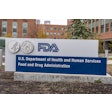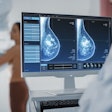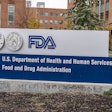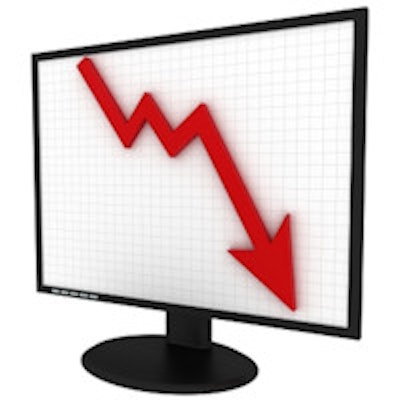
Want to reduce your practice's recall rates? Try using a double-reading protocol and providing some basic staff education, according to a presentation delivered at the American College of Radiology annual meeting (ACR 2016) in Washington, DC.
Simple interventions like these can mitigate a key concern raised by mammography critics: that false positives and the ensuing additional workup they create can cause anxiety in patients and boost healthcare costs, said presenter Dr. Katrina Rabinovich of Mount Sinai Medical Center in Miami.
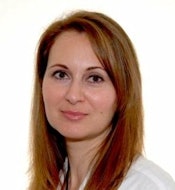 Dr. Katrina Rabinovich from Mount Sinai Medical Center.
Dr. Katrina Rabinovich from Mount Sinai Medical Center.Rabinovich and colleagues began examining the issue after reviewing their department's data and finding that recall rates for the group as a whole and for individual radiologists were much higher than the national benchmark of about 10%. The group callback rate was 22%, while recall rates for individual radiologists ranged from 19% to 27%.
"We were very surprised at our recall rates, and it was clear that we needed to figure out why they were so high," she told AuntMinnie.com.
Callback concerns
What factors contributed to such high recall rates? Quite a few, including Miami's complex patient population, a lack of experience among junior radiologists, and a high number of screening patients presenting without prior exams, Rabinovich said.
"We get patients coming here from around the world who have had all kinds of previous cosmetic procedures, as well as a significant number of patients at higher risk of breast cancer, such as Ashkenazi women," she said. "For example, if we've got a woman with nonstandard implants coming from the Dominican Republic and she doesn't have priors, our less experienced radiologists are going to be more conservative in their callbacks."
To address the high recall rate, Rabinovich's department did four things:
- It implemented a practice quality improvement project between June 2014 and December 2015 that consisted of double readings of all recalls. During the project's time frame, all BI-RADS 0 exams were also reviewed by an additional, usually more senior radiologist.
- It trained its front-desk staff to encourage patients to bring prior exams to their appointments. "We gave our schedulers a template of a speech to give patients about how important priors are," Rabinovich said.
- It educated referring physicians about the importance of writing specific prescriptions for screening or diagnostic mammography exams. "We found that our referring physicians often ordered a mammogram for a patient without clarifying if the test was for screening or diagnosis," Rabinovich said. "So patients with palpable masses would show up for a screening mammogram, and we'd have to go back to the ordering doctor and get the correct prescription before we could proceed."
- It fixed a technical flaw in the department's reporting software. The system was assigning to the BI-RADS 0 category all screening mammography and ultrasound exams performed on the same day and combined in the same report, producing an artificially elevated recall rate for the group.
Good results
All of these fixes proved effective, Rabinovich said: The group's recall rate decreased from 22% before the interventions to 13% after, and the recall rates of individual radiologists decreased from a range of 19% to 27% to a range of 9% to 18%. What's more, recall rates improved without negatively affecting the department's cancer detection rate.
In addition, the front-desk staff training increased the number of women presenting for their exam with priors by about 25% to 30%, and referring physicians became more receptive to correcting mammography prescriptions quickly, according to Rabinovich.
"All of these interventions have been invaluable across the board, from residents and fellows to attendings," she said. "We've learned a lot from each other about our individual work patterns and how to best care for our patients."


